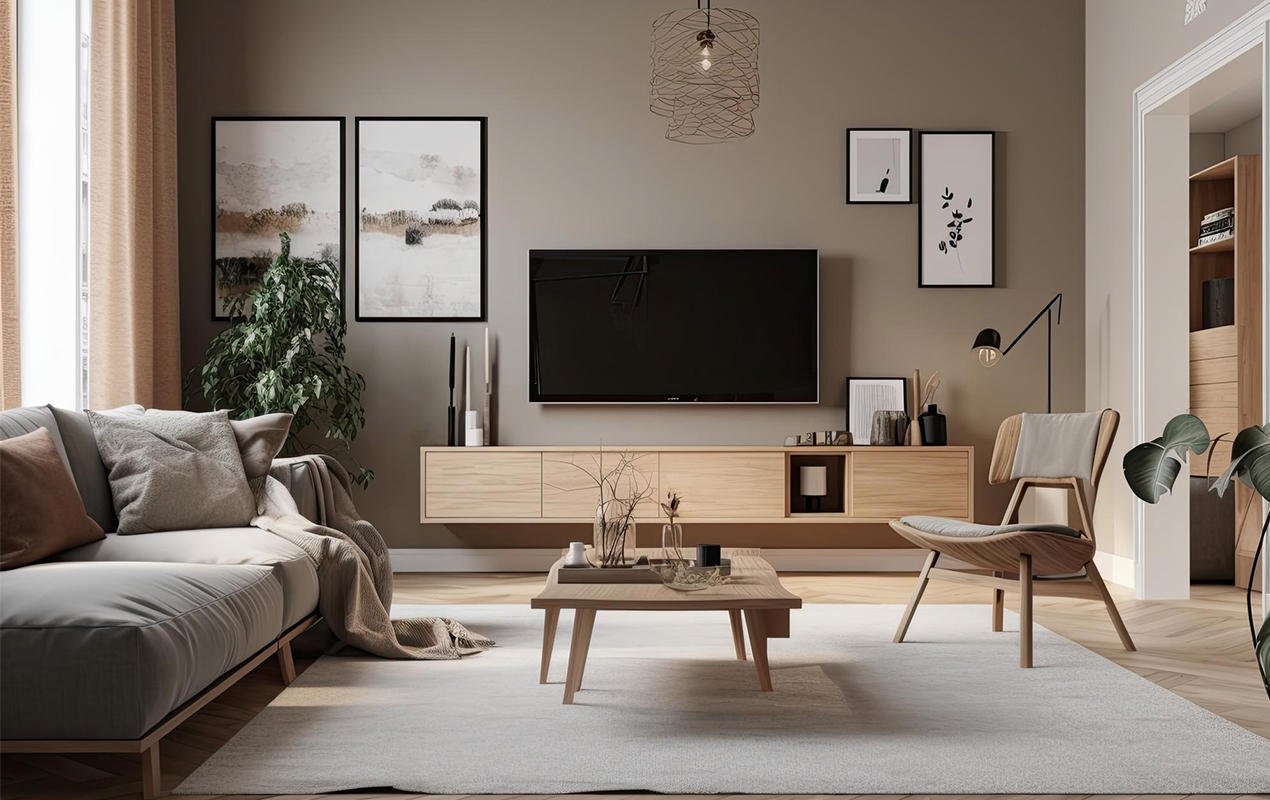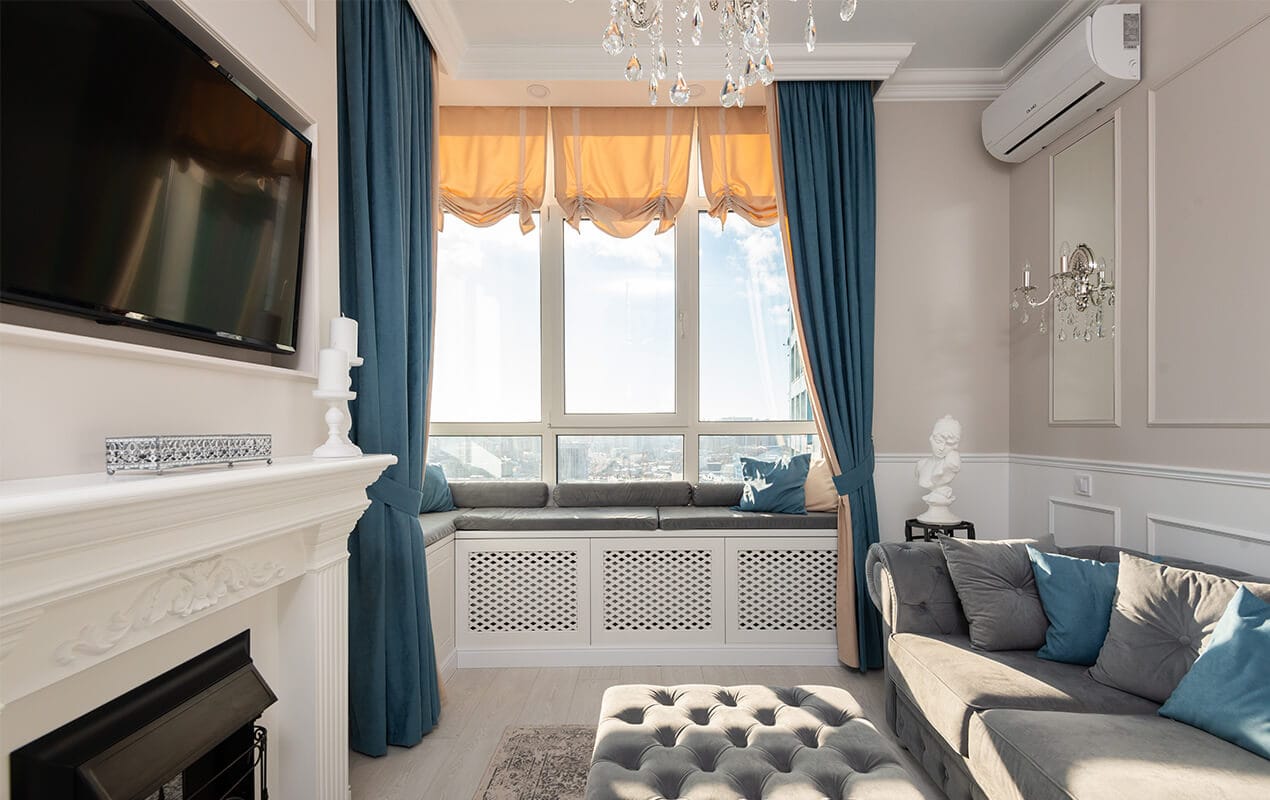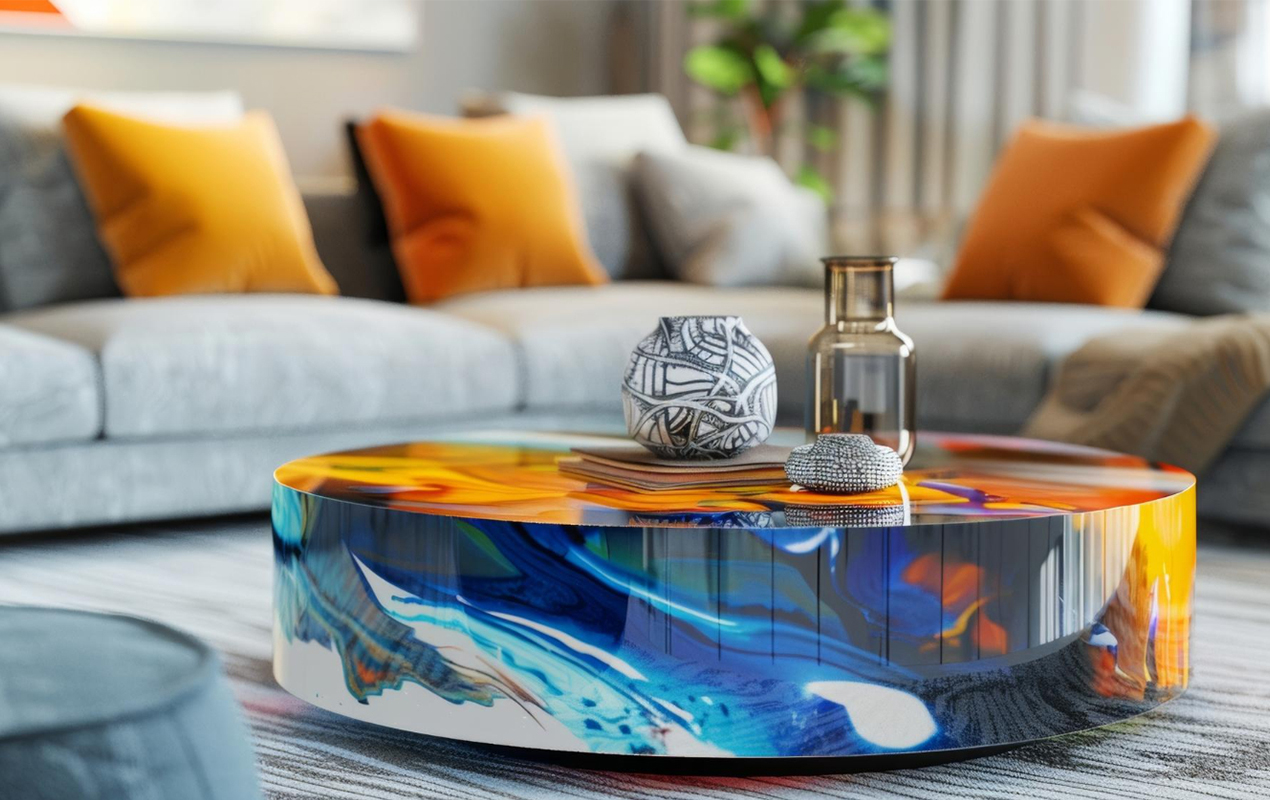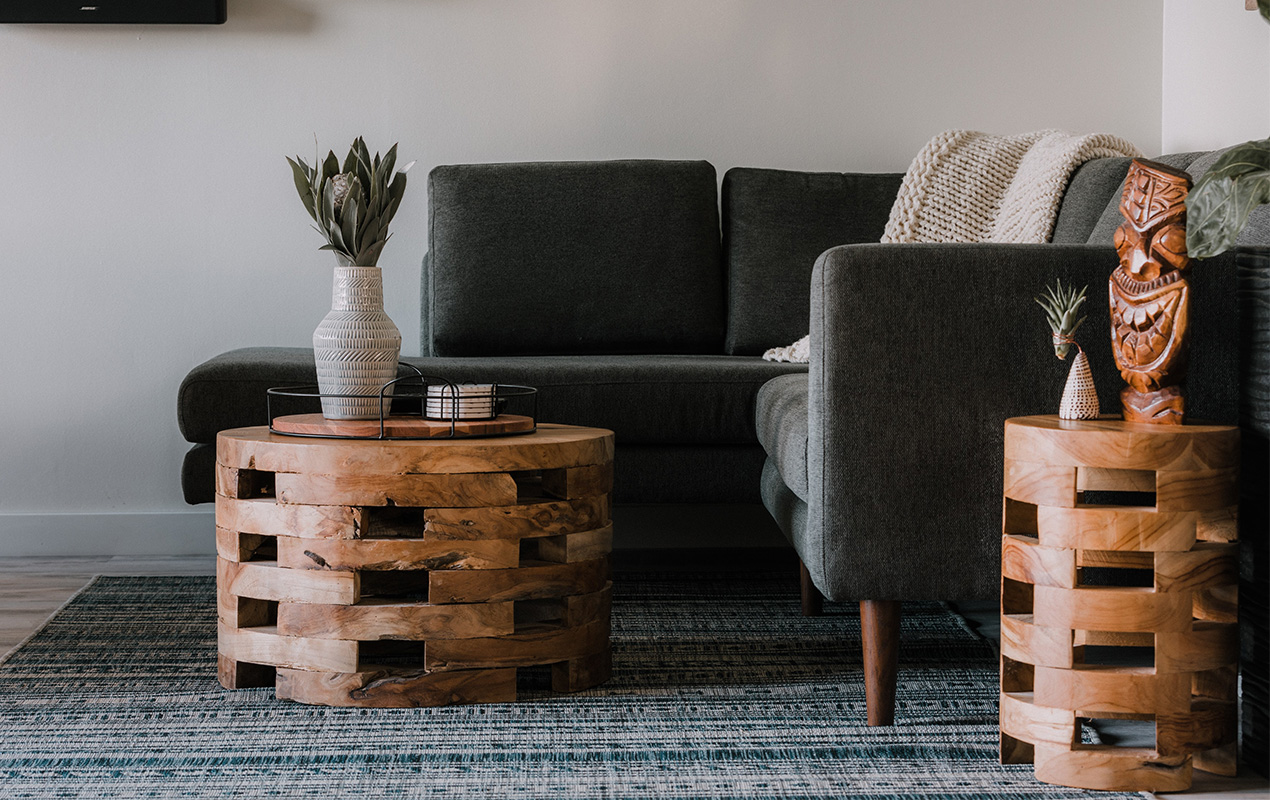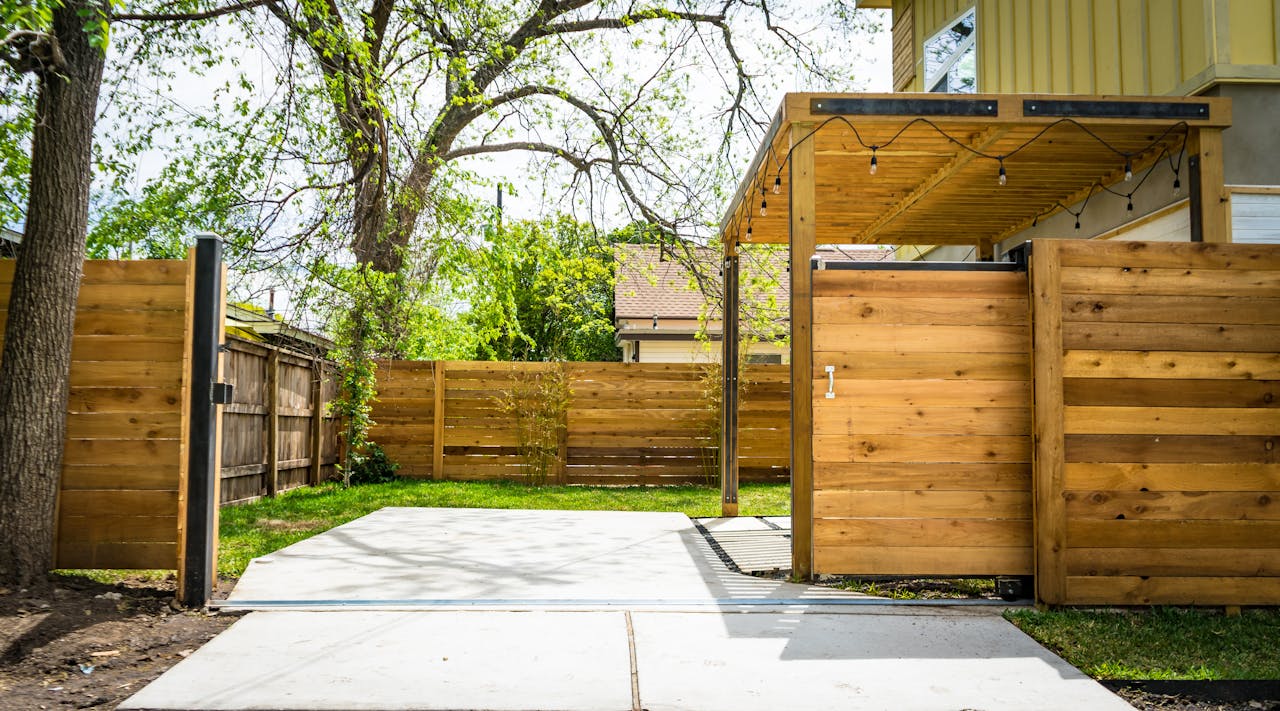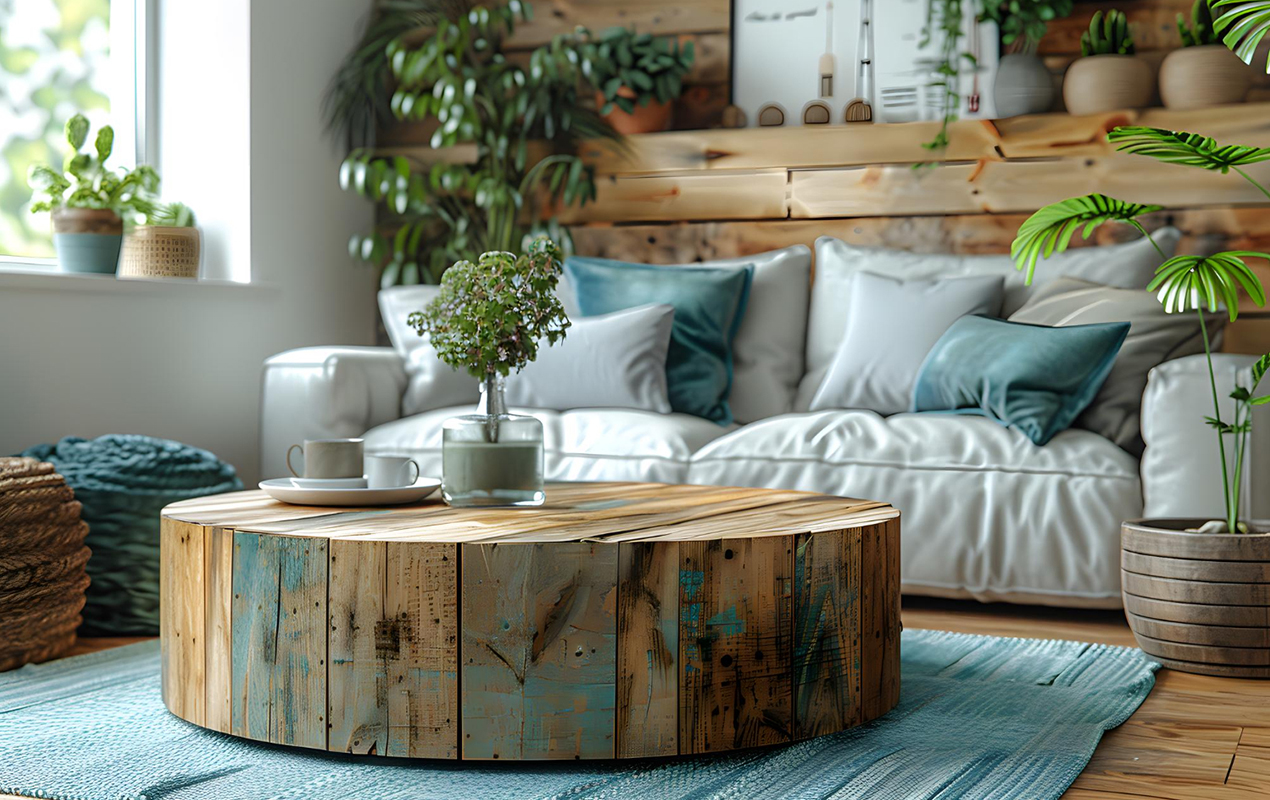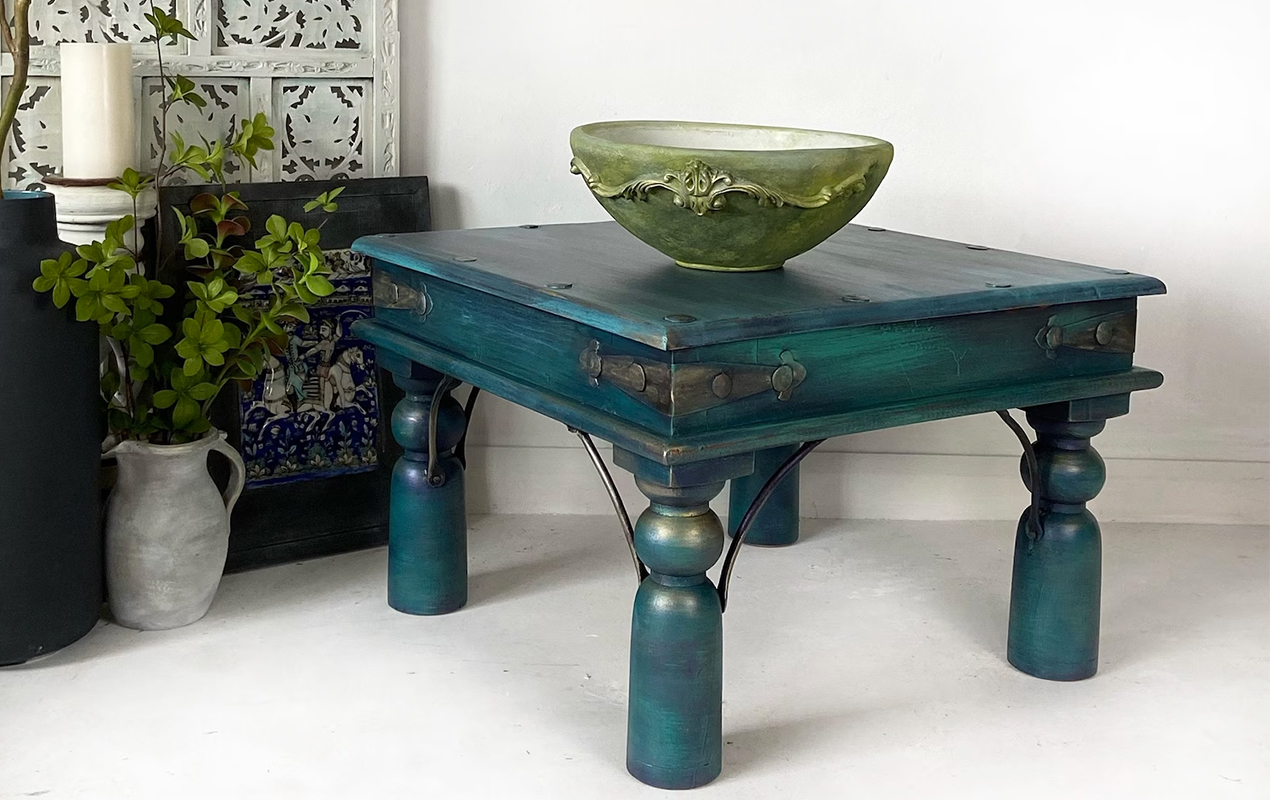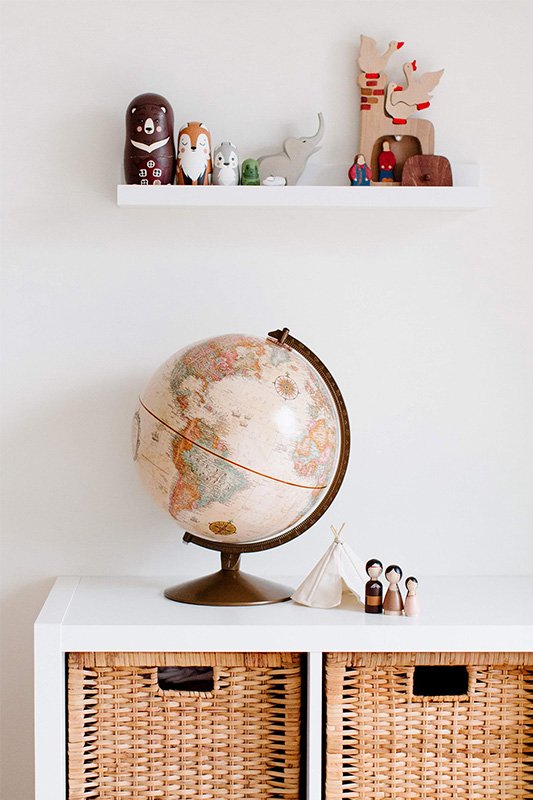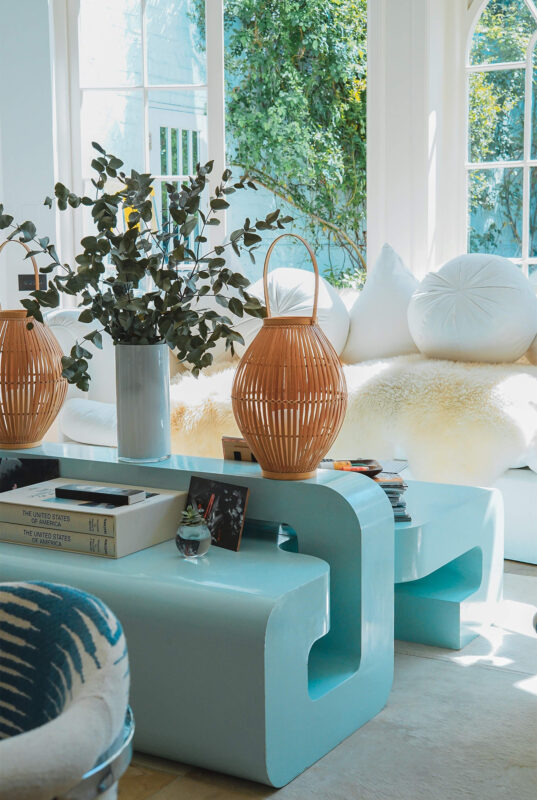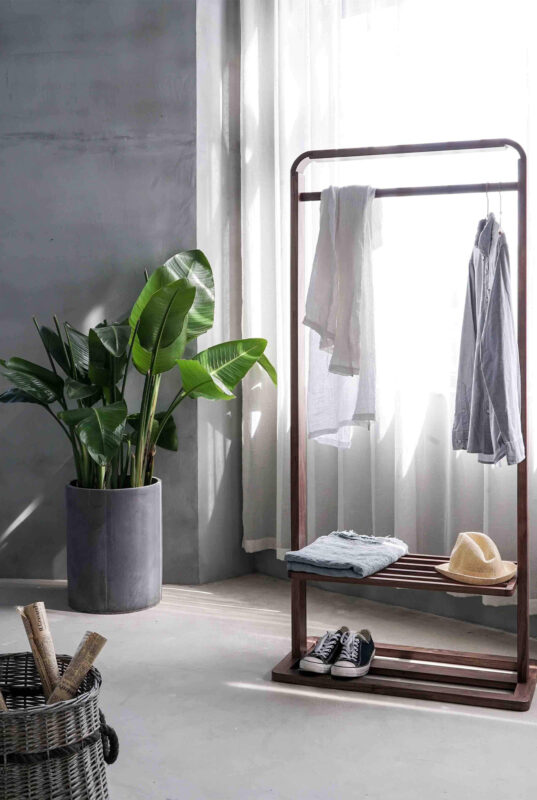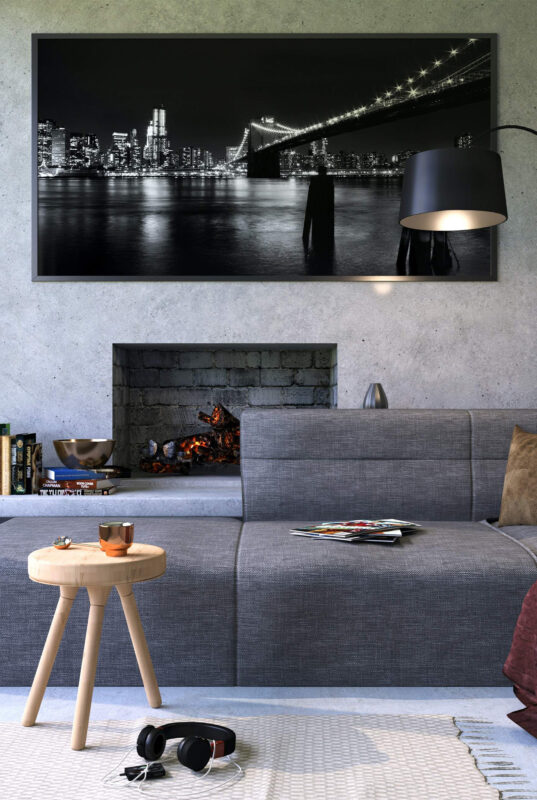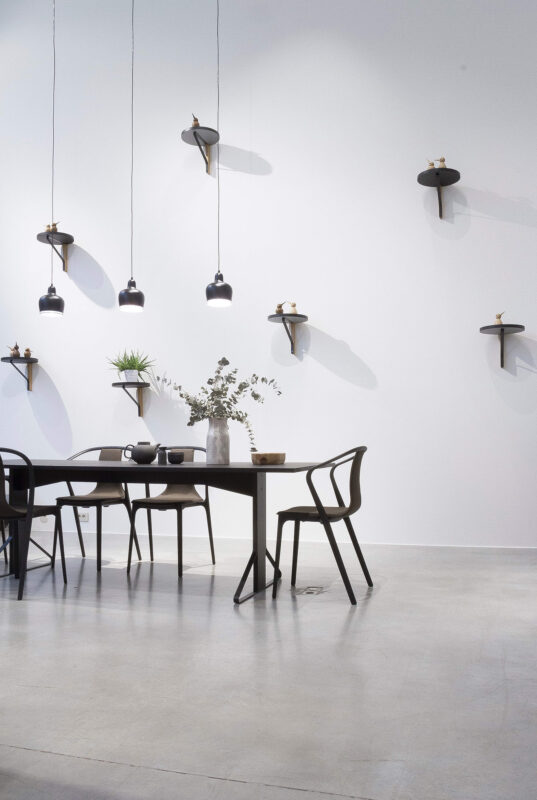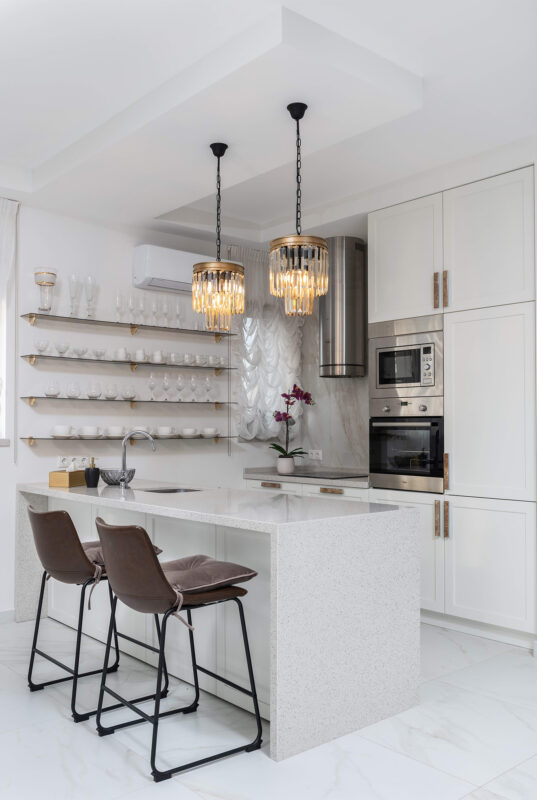Industrial Interior Design: Everything You Need to Know
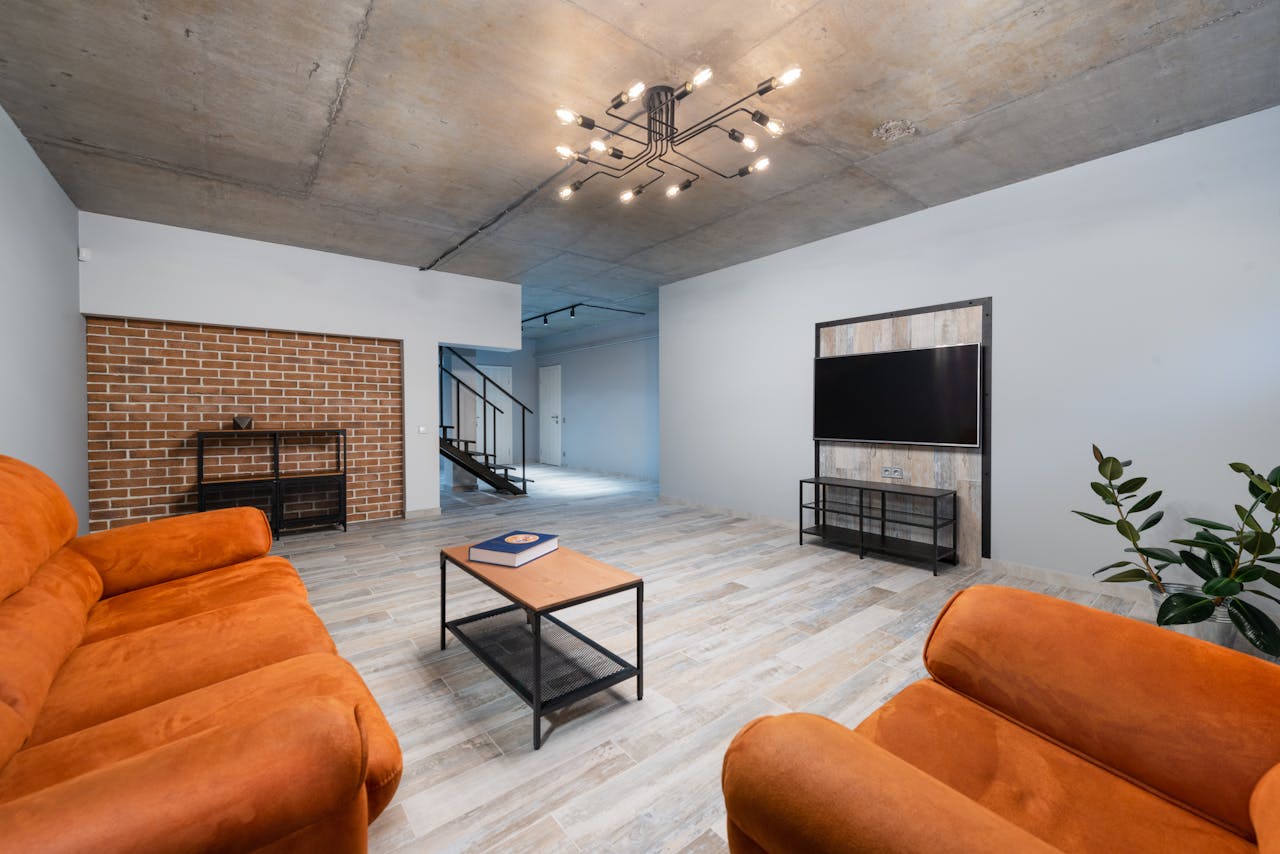
Industrial interior design is a style that emphasizes raw materials, open spaces, and functional elements. It draws inspiration from old factories and warehouses, blending metal, wood, and exposed brick to create a minimalist and utilitarian look. It focuses on simplicity, durability, and authenticity, making it both visually striking and practical.
This design approach often uses neutral colors, visible pipes, and large windows to enhance natural light and structural features. Those interested in incorporating industrial design need to understand its key components, such as choice of materials, lighting, and furniture.
Core Elements of Industrial Interior Design
Industrial interior design centers on raw materials, functional spaces, and structural honesty. It emphasizes purposeful use of metal, wood, and concrete, along with visible building elements. This approach creates a utilitarian aesthetic, balancing durability and simplicity.
Defining Industrial Interior Design
Industrial design is characterized by its origins in old factories and warehouses. It highlights practical layout and minimal ornamentation. The style strips interiors back to their basic components. Elements like exposed brick walls, concrete floors, and metal fixtures are common.
It prioritizes function over decoration, making it suitable for both homes and commercial settings. Industrial interiors typically avoid excessive color. Instead, they rely on neutral tones such as grays, blacks, and browns.
Essential Materials and Finishes
Steel, iron, and reclaimed wood form the backbone of industrial interiors. These materials contribute to durability and a rugged look. Concrete, both polished and raw, is often used for flooring and countertops.
Industrial doors are a key feature. Sliding barn-style or heavy metal doors are popular for their mechanical look and space-saving function. Their hardware is usually visible, further emphasizing the industrial theme.
Exposed Structural Features
A hallmark of industrial design is visible structure. Beams, pipes, ductwork, and wiring are left uncovered, showcasing the building’s construction. Steel beams and columns often have a raw or painted finish that contrasts with other materials. Ductwork is typically left exposed, highlighting the mechanical aspects of the space.
This openness reveals the engineering behind the architecture. It also adds visual interest and a sense of scale to the interiors. The unhidden infrastructure aligns with the industrial ethos of transparency and simplicity.
Key Features and Aesthetic Principles
Industrial interior design emphasizes simplicity, functionality, and raw materials. Its core elements focus on spacious layouts, muted tones, and lighting that complements the structure’s utilitarian roots.
Open Concept Spaces
Open concept layouts are central to industrial design. Walls are often removed or minimized to create a continuous, expansive area. This approach highlights structural details like exposed brick, beams, and ductwork.
The openness encourages natural flow and flexibility, making spaces feel larger and more inviting. It also allows for creative furniture placement, mixing vintage and modern for a balanced look.
Neutral Color Palettes
Neutral colors dominate industrial interiors. Shades of gray, black, white, and brown establish a subdued backdrop. These colors highlight materials like concrete, metal, and wood. Using a palette without bright colors ensures the focus remains on the textures and forms within the room. Accents may include muted blues or greens but are kept subtle.
Industrial-Style Lighting
Lighting fixtures in industrial design are functional and bold. Common choices include metal pendant lights, exposed bulbs, and factory-style lamps. Fixtures are often oversized or geometric, emphasizing simplicity combined with durability. Black, brass, or chrome finishes are typical.
Furnishings and Decor in Industrial Interiors
Industrial interiors rely on materials like metal, wood, and leather to create a functional yet stylish atmosphere.
Selecting Industrial Furniture
Furniture in industrial spaces typically features metal frames, reclaimed wood surfaces, and minimal ornamentation. Pieces like steel stools, factory carts, and vintage lockers are common.
Durability matters most. Furniture should withstand wear while maintaining a raw, unfinished look. Lighting fixtures often use exposed bulbs and blackened metals. Tables tend to be heavy and solid, combining wood tops with iron legs.
Iconic Decor Elements
Decor incorporates objects with a mechanical or factory vibe. Examples include gear wall art, pipe shelving, and antique signage. Exposed bolts, rivets, and welds serve as both structural and decorative features on furniture and accessories. Color schemes are usually muted, with touches of rust or patina to add aged character. Concrete planters and wire baskets are typical accessories.
Incorporating Art and Textiles
Industrial spaces balance harsh materials with softer elements through rugs, cushions, and wall art. Textiles usually remain neutral or earth-toned, using materials like linen and canvas. Art often features black and white photography, abstract geometric designs, or industrial landscapes. Fabric choices tend to be durable and practical, avoiding overly ornate patterns.


